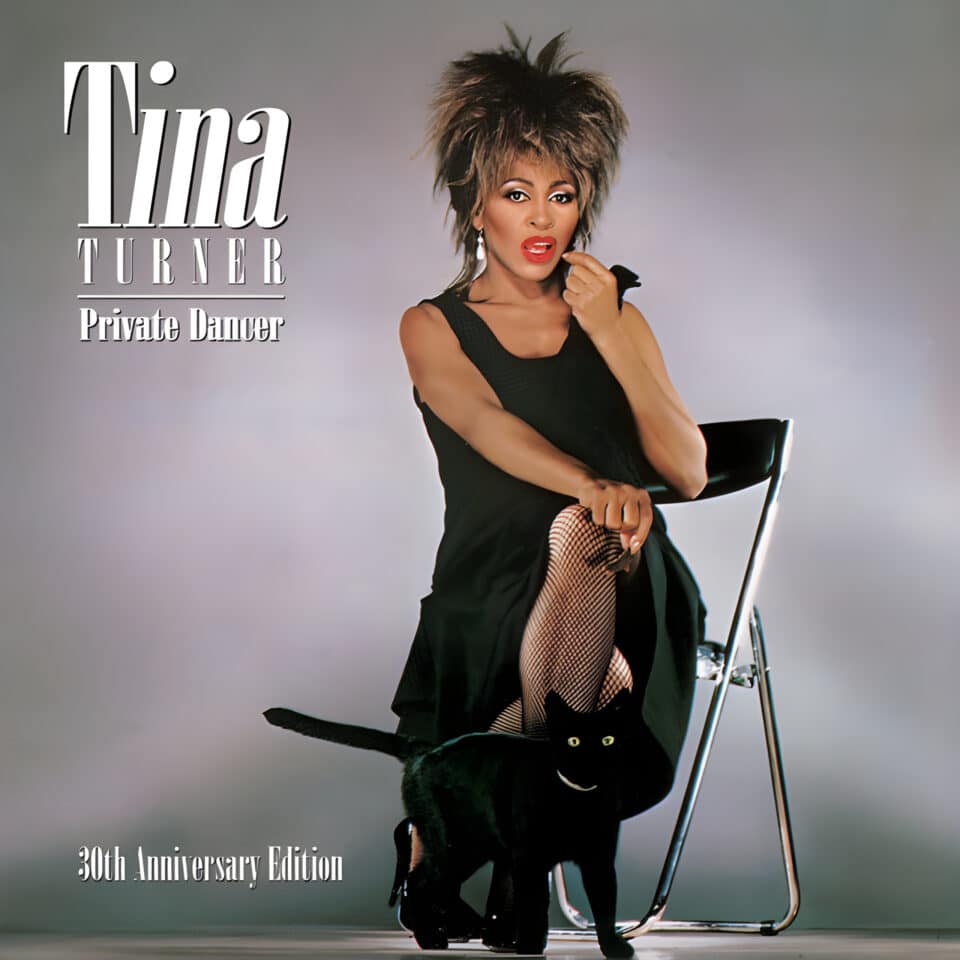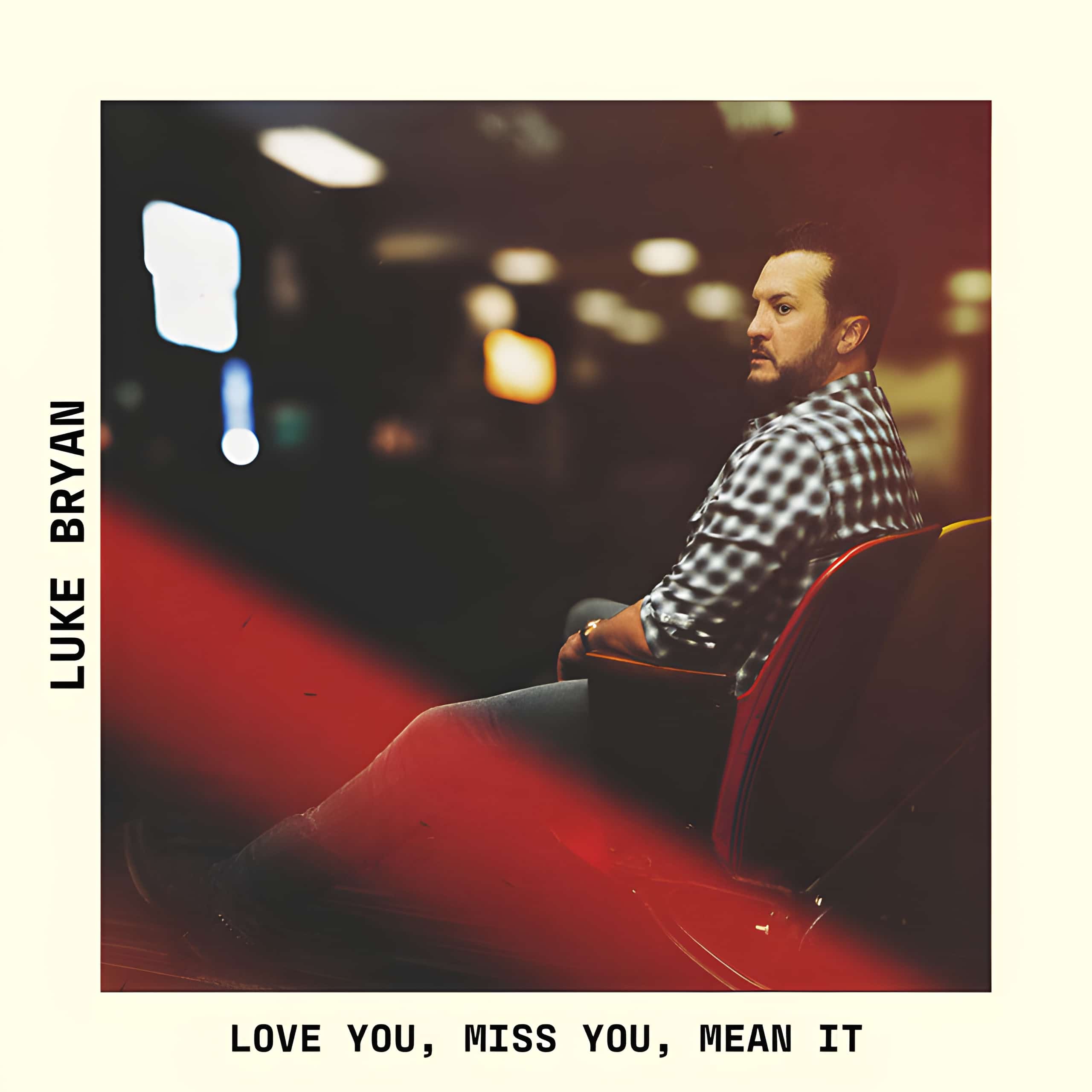Released: 1984Tina Turner’s electrifying and timeless hit, “What’s Love Got to Do with It”, taps deep into the heart’s complexities, sifting through the rubble of love and logic. At its core, the song questions the role of love in our lives, especially when juxtaposed with the pain it can cause. It’s a bold proclamation that challenges the fairy-tale narratives of love, suggesting that perhaps, love isn’t all it’s cracked up to be.
The opening lines set the stage with a scientific analysis of attraction – that spark when someone catches your eye isn’t magical; it’s physical, only logical. Turner’s voice, soaked in skepticism, forces us to rethink our romantic impulses. She suggests that we often “try to ignore” and minimize love’s significance, reducing it to a mere physical reaction or a second-hand emotion. This hits home the idea that our hearts might just be chasing thrills, not genuine connection.
As the song delves deeper, it opens a window into Turner’s own reservations. She admits to feeling “confused” and “dazed” when closeness tempts her, revealing her vulnerabilities. Yet, she’s quick to remind us that these feelings are perhaps just part of the human condition – not unique to her. The chorus “What’s love got to do with it?” acts as both a shield and a spear, deflecting the potential hurt that love brings while attacking the notion that love is essential for a fulfilled life.
By the latter part of the song, Turner contemplates a “new direction” and her “own protection”, hinting at a journey towards self-preservation and independence from love’s tumultuous seas. She’s wrestling with the idea of allowing herself to feel love again, acknowledging the risk of another heartbreak. The repetition of the chorus throughout the song serves as a mantra, reinforcing her growing conviction that maybe, just maybe, love isn’t worth the trouble after all.
The genius of “What’s Love Got to Do with It” lies in its ability to voice a universal doubt about love, enveloped in Turner’s soul-stirring delivery. Its questioning of love as a “sweet old-fashioned notion” invites listeners to ponder their own experiences and beliefs about love. Turner’s portrayal of love as something potentially expendable and certainly not the be-all and end-all of existence offers a refreshing, albeit controversial, perspective.
Through this masterpiece, Turner doesn’t just sing a song; she initiates a conversation about the true place of love in our lives – is it at the center, or just a peripheral player susceptible to being sidelined?








